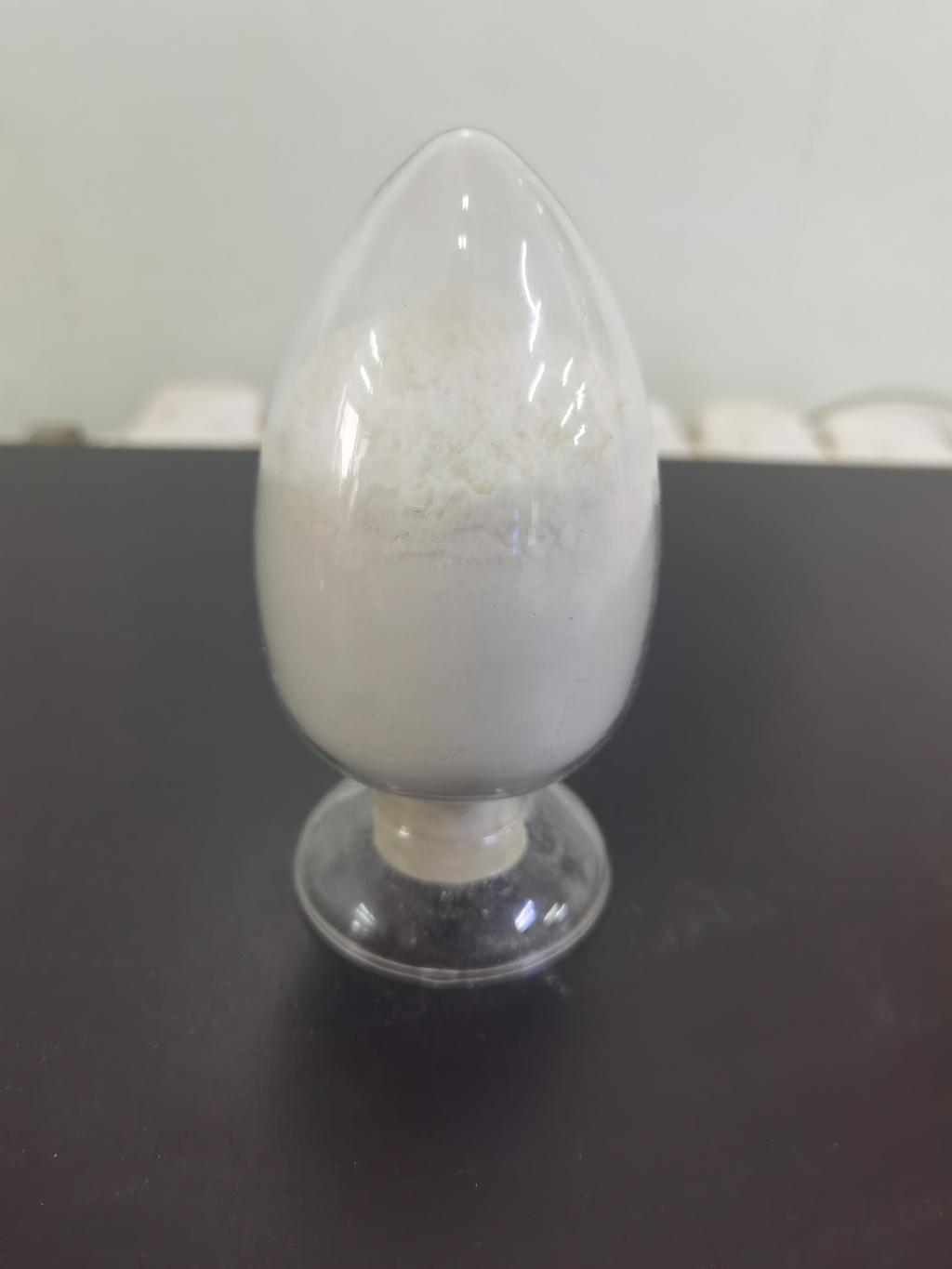Tel:+8618231198596

News
 CONTACT
CONTACT
 CONTACT
CONTACT
- Linkman:Linda Yao
- Tel: +8618231198596
- Email:linda.yao@dcpharma.cn
- Linkman:CHARLES.WANG
- Department:Overseas
- Tel: 0086 0311-85537378 0086 0311-85539701
News
Current Position:
Home >
News
>Sustainable Practices in Food Processing: The Impact of ε-Polylysine Hydrochloride
Sustainable Practices in Food Processing: The Impact of ε-Polylysine Hydrochloride
TIME:2024-01-30
I. The Imperative of Sustainable Practices in Food Processing:
Environmental Impact of Food Processing:
The food processing industry is associated with significant environmental challenges, including energy consumption, water usage, and waste generation. As global populations rise and consumer awareness grows, there is an increasing pressure on the industry to adopt more sustainable practices.
Consumer Demand for Sustainable Products:
Consumers today are more conscious of the environmental and social impact of their purchasing decisions. There is a growing demand for sustainably produced food products, leading to a shift in consumer preferences towards brands and processes that prioritize environmental responsibility.
II. Introduction to ε-Polylysine Hydrochloride:
Natural Antimicrobial Compound:
ε-Polylysine hydrochloride is a naturally occurring antimicrobial compound derived from microbial fermentation, particularly from strains of Streptomyces albulus. It is known for its ability to inhibit the growth of a wide range of bacteria, making it a valuable tool in food preservation.
Safe and Biodegradable:
One of the key advantages of ε-polylysine hydrochloride is its safety and biodegradability. As a naturally occurring substance, it is considered safe for consumption and has a minimal environmental impact, aligning with the principles of sustainability.
III. Applications of ε-Polylysine Hydrochloride in Food Processing:
Preservation of Meat and Seafood:
The use of ε-polylysine hydrochloride in the preservation of meat and seafood products has shown promising results. Its antimicrobial properties help extend the shelf life of these perishable items, reducing food waste and enhancing the efficiency of the supply chain.
Dairy Product Preservation:
Dairy products are prone to spoilage due to the presence of bacteria. ε-Polylysine hydrochloride has been employed in the preservation of dairy items, contributing to their safety and prolonging their shelf life without compromising quality.
IV. Impact on Resource Efficiency:
Reduction of Food Waste:
One of the primary contributions of ε-polylysine hydrochloride to sustainability in food processing is its role in reducing food waste. By preventing microbial contamination and extending the shelf life of perishable goods, it helps minimize the amount of food discarded throughout the supply chain.
Energy and Water Efficiency:
The adoption of ε-polylysine hydrochloride in food processing may lead to energy and water savings. As the preservation of food items becomes more efficient, the need for refrigeration and other resource-intensive processes may be reduced, contributing to overall resource efficiency.
V. Overcoming Challenges and Formulation Considerations:
Flavor and Texture Considerations:
The incorporation of ε-polylysine hydrochloride into food products requires careful consideration of its impact on flavor and texture. Researchers and food scientists are working on optimizing formulations to ensure that the antimicrobial benefits are realized without compromising the sensory aspects of the final products.
Integration into Various Food Matrices:
The diversity of food products poses challenges in integrating ε-polylysine hydrochloride effectively. Ongoing research aims to develop innovative formulations and delivery systems that allow for its seamless incorporation into different food matrices while maintaining its stability and efficacy.
VI. Consumer Perception and Acceptance:
Communication Efforts:
The success of ε-polylysine hydrochloride in promoting sustainability in food processing hinges on consumer acceptance. Clear communication about its natural origin, safety, and positive impact on reducing food waste is crucial for fostering trust and acceptance among consumers.
Education on Sustainable Practices:
Educational initiatives that highlight the broader context of sustainability in food processing, including the role of ε-polylysine hydrochloride, can contribute to informed consumer choices. Understanding the environmental benefits of such practices may enhance consumer appreciation for sustainable products.
VII. Regulatory Considerations:
Approval and Standardization:
The regulatory landscape plays a pivotal role in the widespread adoption of ε-polylysine hydrochloride in food processing. Efforts to obtain regulatory approval and establish standardized guidelines for its use are essential for building confidence among manufacturers and consumers.
Collaboration with Regulatory Bodies:
Collaboration between industry stakeholders, researchers, and regulatory bodies is crucial in navigating the approval process. A transparent dialogue can help address any concerns and ensure that the integration of ε-polylysine hydrochloride aligns with regulatory standards.
VIII. Future Directions and Innovation:
Research and Development:
The future of ε-polylysine hydrochloride in food processing lies in ongoing research and development. Innovations in formulations, delivery systems, and applications will likely expand its use across a broader spectrum of food products.
Sustainable Packaging:
The sustainability journey in food processing extends beyond ingredients to packaging. Future developments may explore the integration of ε-polylysine hydrochloride in sustainable packaging materials, further enhancing the environmental profile of food products.
IX. Case Studies and Success Stories:
Highlighting case studies and success stories where ε-polylysine hydrochloride has been successfully integrated into food processing can provide tangible examples of its impact on sustainability. These examples can serve as inspiration for other companies considering similar initiatives.
Conclusion:
The adoption of ε-polylysine hydrochloride in food processing represents a promising step towards achieving sustainability goals in the industry. Its natural antimicrobial properties, safety profile, and biodegradability make it a valuable tool in reducing food waste and enhancing resource efficiency. As the industry continues to navigate the complexities of sustainability, ε-polylysine hydrochloride emerges as a key player in fostering environmentally responsible and economically viable food processing practices.
- Tel:+8618231198596
- Whatsapp:18231198596
- Chat With Skype







